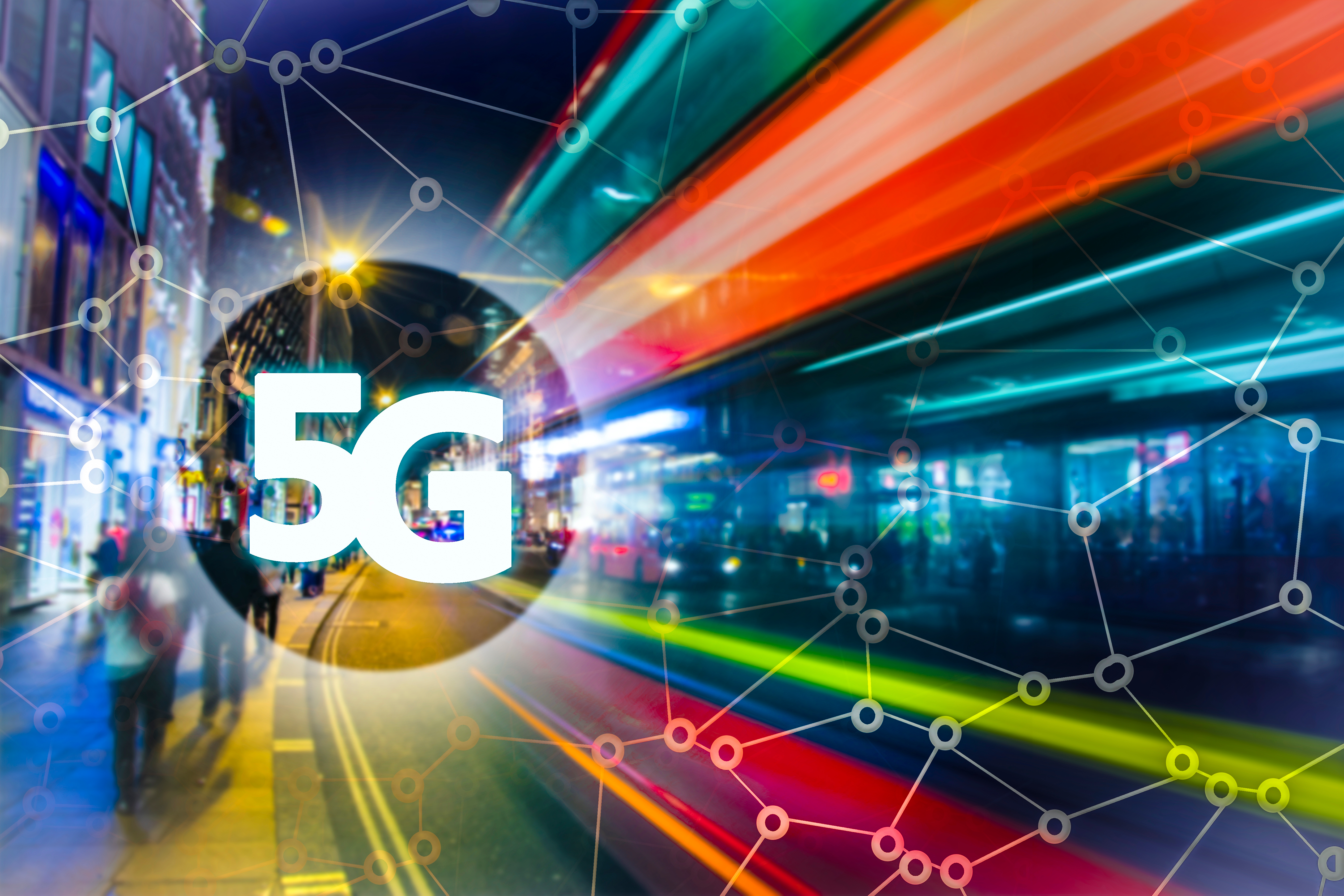
The term 5G (5th Generation) refers to the latest-generation networks. Each of its predecessors has opened up new business opportunities. While 2G (GSM) accompanied the spread of mobile phones and 3G supported the economy of apps and the first smartphones, 4G has pushed streaming and messaging. The novelty of 5G consists in increasing speed, decreasing latency (i.e. the interval between sending a signal and receiving it) and multiplying “density” (it will be possible to connect many more PCs, smartphones and sensors at the same time and in the same area).
But what makes a 5G network? Defining the perimeter of 5G networks today is not easy, also because, for the moment, these are objectives rather than characteristics. According to the Next Generation Mobile Networks Alliance, 5G networks must make it possible to download data “everywhere” with a speed of at least 50 megabits per second. This means that compared to 4G networks, the improvement envisaged by the Next Generation Mobile Networks Alliance will be exponential. Speed would be multiplied by 10 on average and by 100 at its peak; latency time would be more than 10 times shorter and the allowed density at least 100 times higher.
With 4G, it was already possible to stream movies or download very heavy high-resolution content, but with 5G, all this will become even smoother and faster. Let’s use a few concrete examples. With 5G it will be possible to play an 8K resolution high-quality video, of unprecedented clarity, without having to wait for the video to load. Since data can be transferred faster, you can transfer more data in the same amount of time as with 4G, which means you can stream in high quality with no difference in how the video is delivered to the device.
But the 5G standard is not just an upgrade from the previous version, it is much more. The Assintel Report 2020 confirms this, stating that 5G will boost technological innovations related to the extension of human-machine dialogue and connected objects, enabling greater use of Artificial Intelligence. With greater speed and data transport capacity, lower latency and higher connection density than previous technologies, 5G will not only enable mobile networks to operate more efficiently, but above all it will be able to support many new applications and services that will revolutionise the way we learn, communicate and work.
What we are facing is a real revolution, a sort of ‘new web’: the leading ICT players understand this and are making major moves that have led even medium-sized companies to get in on the action. From the research conducted by IDC, mentioned in the Assintel Report, it is clear that connectivity based on the 5G standard is destined to change the processes and the development scenario of the main business sectors. “In Italy – says Davide Suppia, Country Manager of DATA4 – it is estimated that 5G infrastructure will grow very rapidly from large cities to the suburbs. This trend will strengthen the role of Data Centers in the digital ecosystem of our country.”
The advent of 5G has, in fact, led Data Centers to redefine themselves, especially because in order to prepare for 5G, companies must move IT to the ‘edge’, i.e. the edge of the network, close to the users who are actually using these services. In edge computing, a distributed and open IT architecture with decentralised processing power, designed for mobile computing and IoT technologies, data is processed either by the device itself or by a computer or server. Once exchanged by these 5G devices, the data must arrive at a “landing point” which is the Data Center, where the systems that collect them are located. The Data Center hosts all the equipment (servers, storage, routers, etc.) necessary to govern the company’s information system and ensure business continuity. A company’s efficiency is also determined by the Data center, which represents the beating heart of the business. Around the data center revolves an ecosystem capable of offering the various structures all the technical and scientific advice on the digitisation of processes, electronic data processing, definition of computing networks, design and/or implementation of information systems, including all support applications as well as integration and interfacing with systems outside the organisation.
But what are the perspectives that 5G will really open to the digital ecosystem?
A world of opportunities and challenges to explore awaits us, all united by a constant evolution of Data Centers in terms of neutrality, agility and progressive affirmation of the Tier IV infrastructure.
In this context of reflection, the DATA4 Campus, which is increasingly structured to support Italian companies facing the challenge of the 5G revolution, plays a key role. Another important factor to underline is the strategic position of the digital Campus of Cornaredo. Besides hosting some of the most important Telco operators and service providers of different origin and size, the campus is located a few kilometres from Milan, “the area – as stated by the vice-president of the Lombardy Region Fabrizio Sala during the DATA4 event ‘Revolution to 2030’ – with the most 5G infrastructure in Europe”.
With the opening of the fourth hyper-connected Data Center and the infrastructure expansion planned for the next five years, DATA4 is configured as one of the most significant reference points in the Lombardy digital ecosystem, ready to accommodate the growing number of Artificial Intelligence and High Performance Computing systems that the use of 5G networks will make possible. According to Olivier Micheli, CEO of DATA4, IA promises to change the world, and in 2030 it will already be possible to evaluate all the positive effects thanks to data interpretation. At that time, storage, network and computing will be the keywords to manage DATA4 Data Centers, which will be some of the most efficient collection points for data coming from 5G networks.
The advent of 5G marks, therefore, the beginning of one of the greatest changes of our time, a new era dominated by constant connection that will radically change our lives. But do we really need it and, most importantly, how will the lifestyle of hyper-connected humans of the third millennium evolve? The debate on the impact of the 5G revolution on our way of living, working and moving is wide open.

